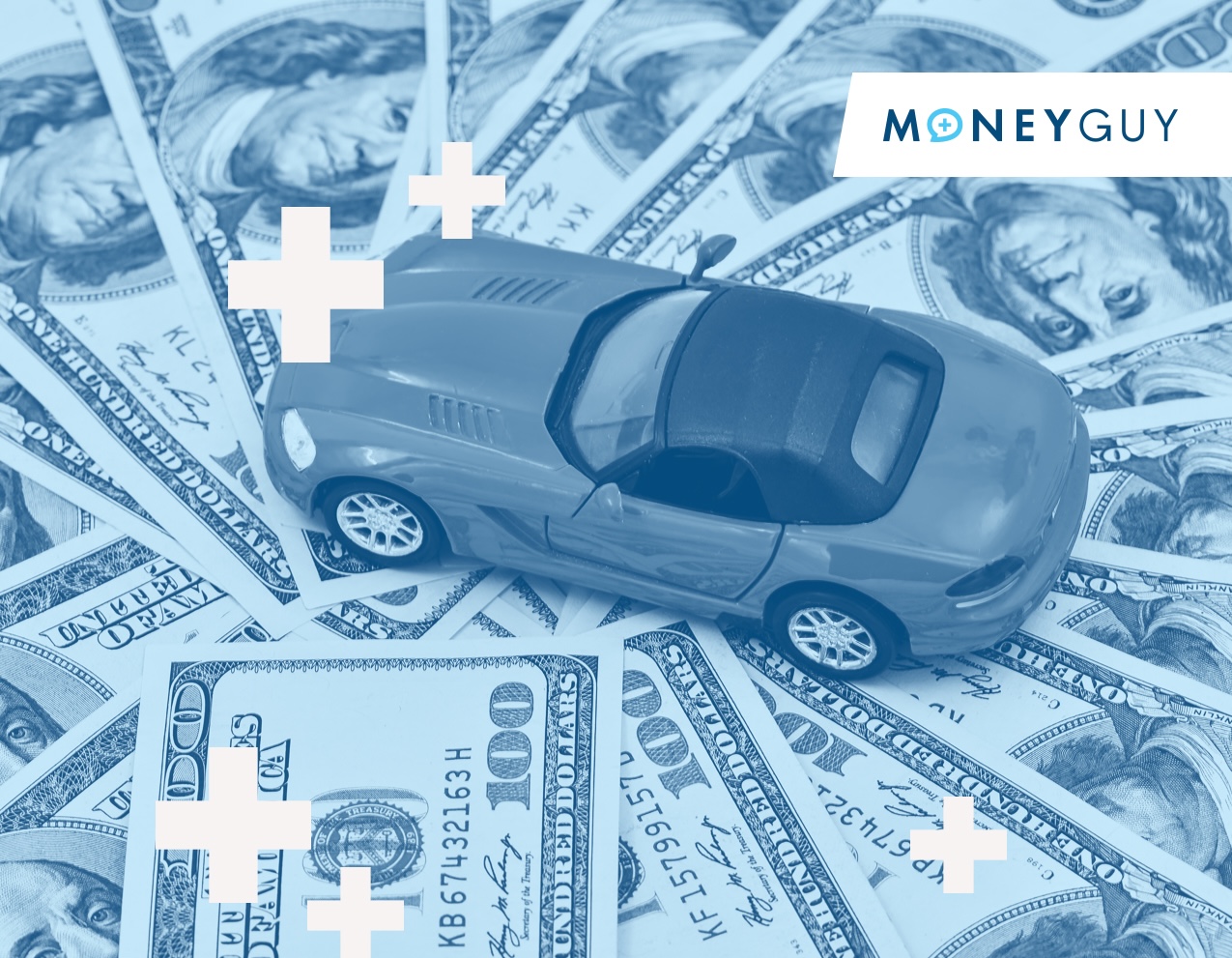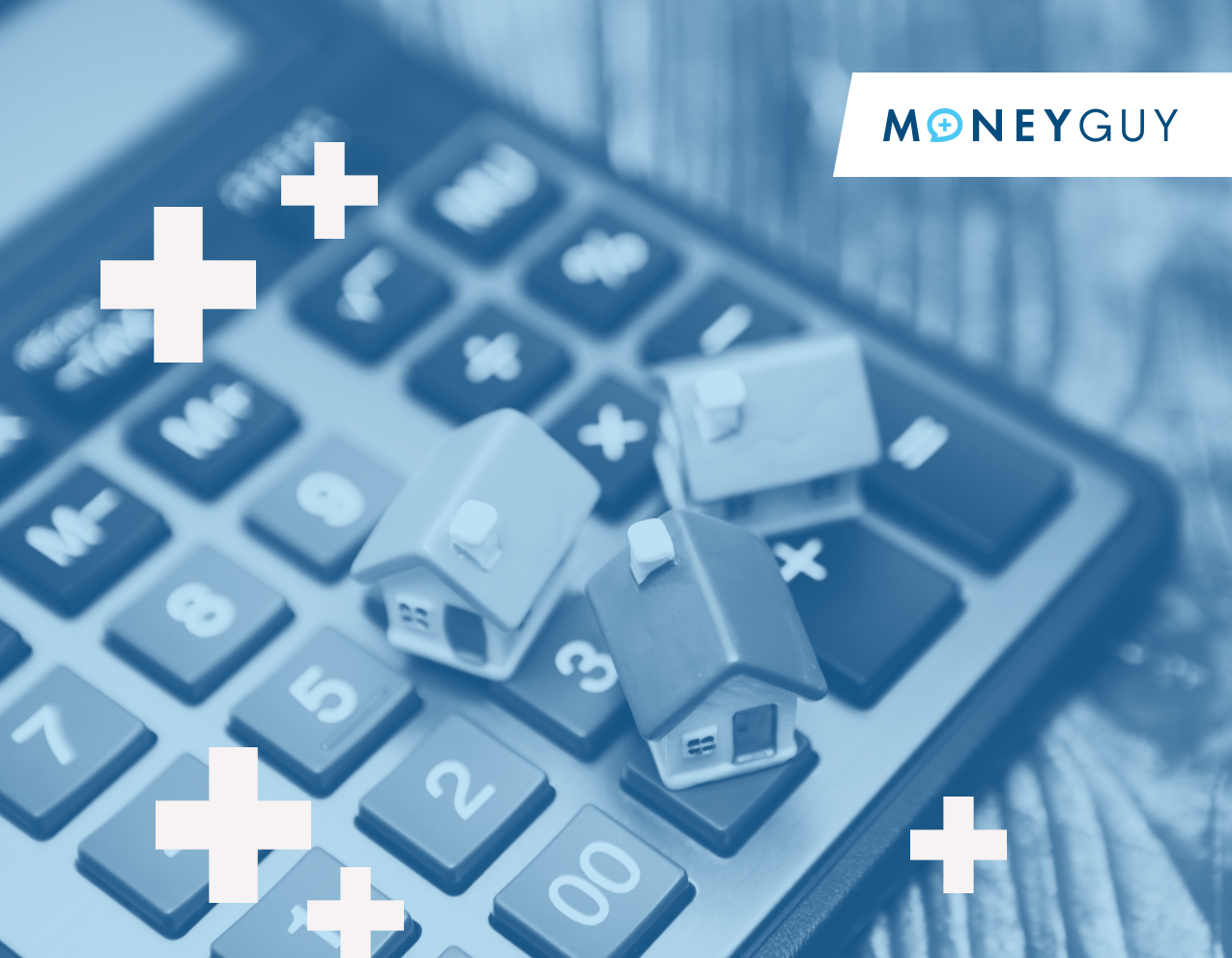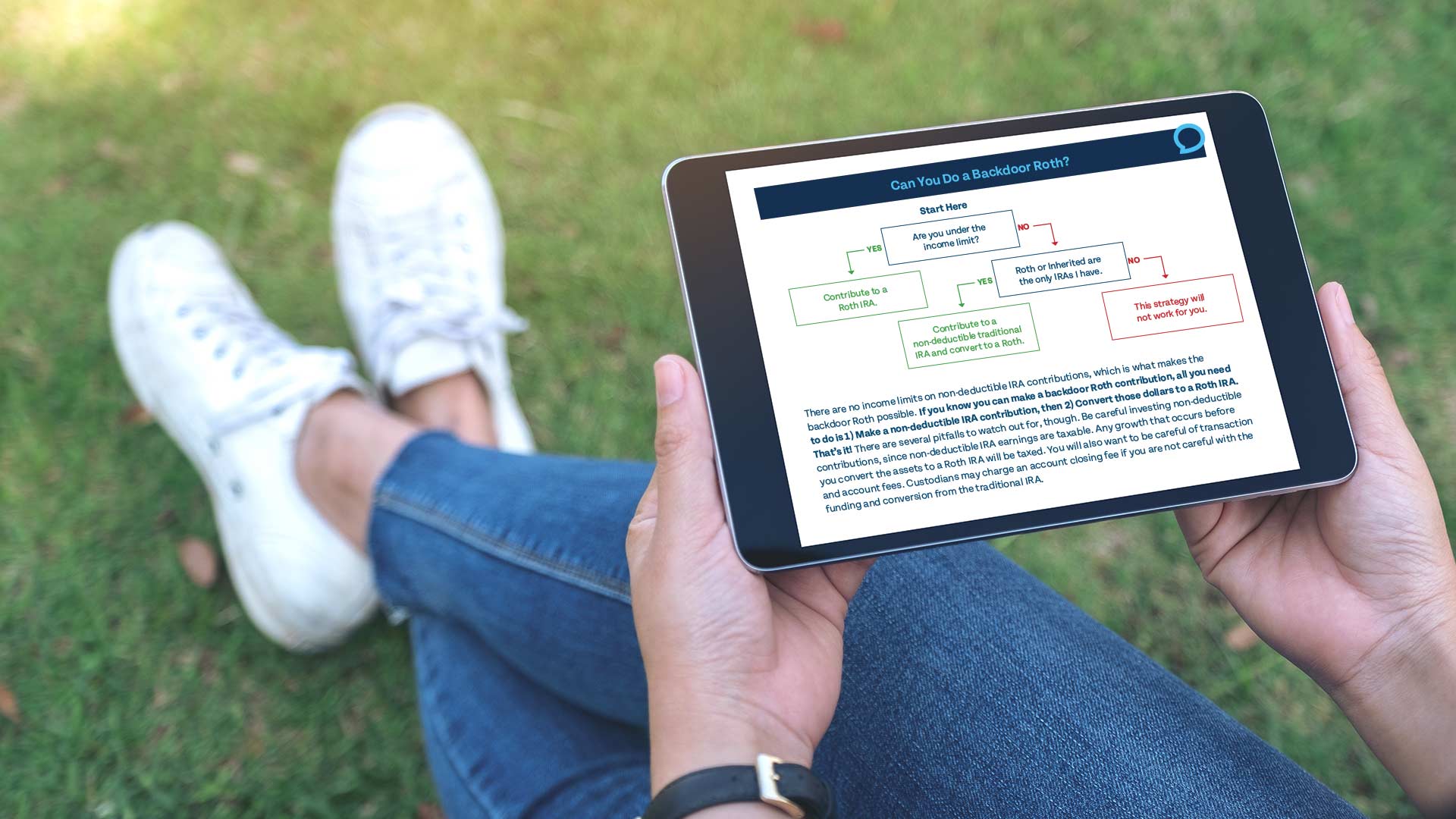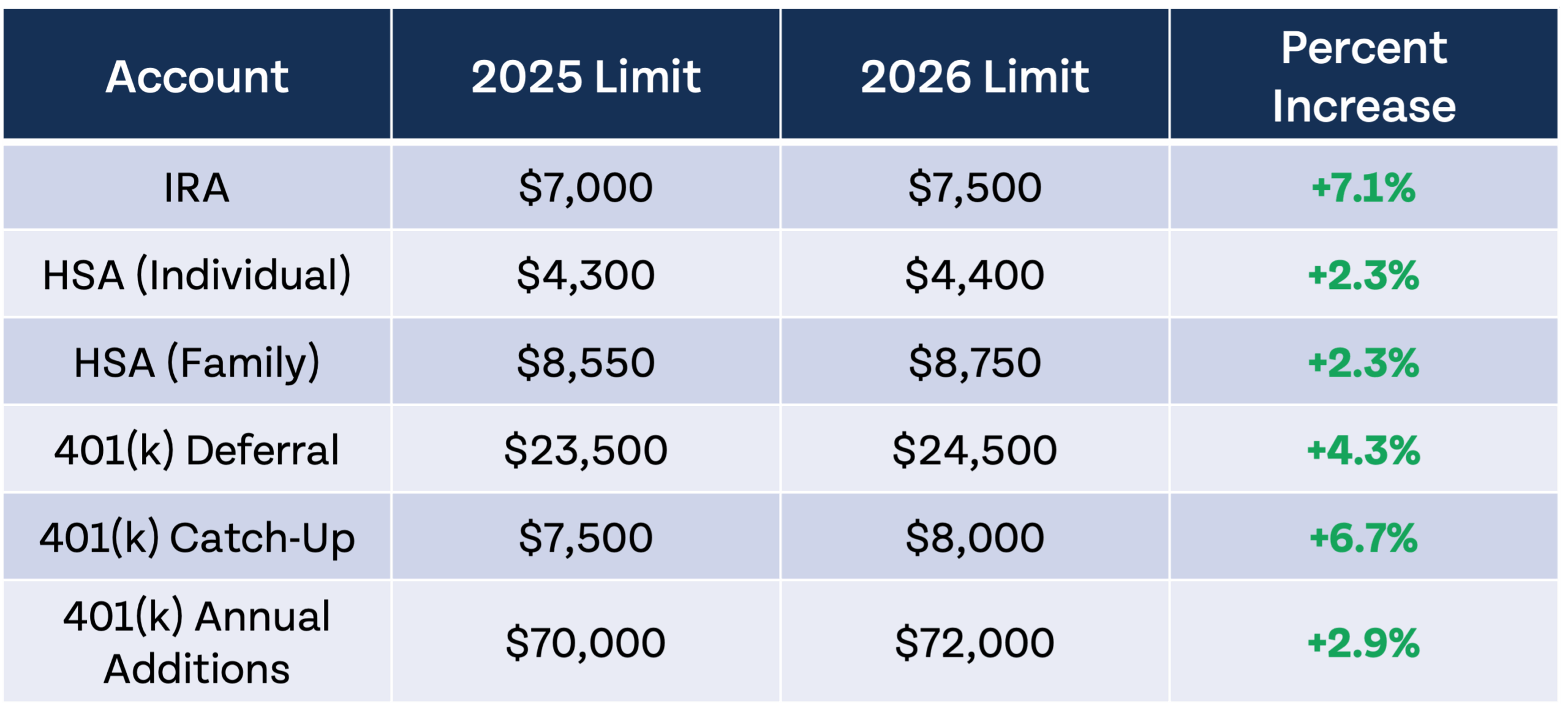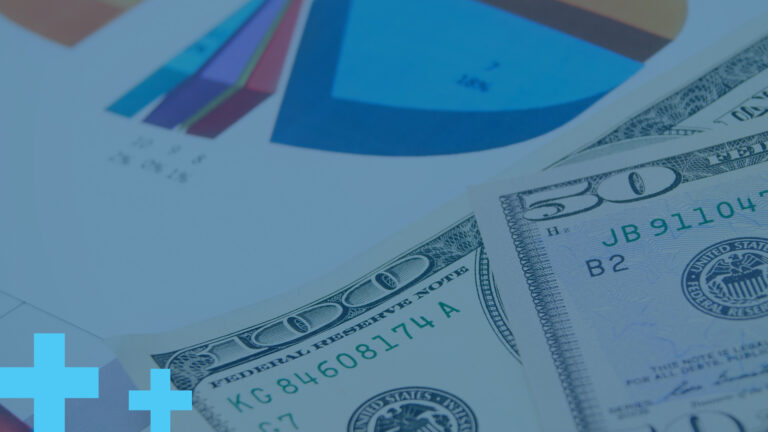The median debt of the typical American family is just over $80,000, which includes car debt, home debt, student loans, credit card balances, and more. This is down from a peak of around $96,000 during the Great Recession, but up from $75,350 the last time the survey was conducted. Inflation-adjusted credit card balances are actually at their lowest level since 1992, while student loans per household are near an all-time high. Unless you are retired, chances are you have some type of debt, whether that’s car debt, mortgage debt, student loan debt, credit card debt, or other debt.
Different types of debt should be prioritized differently and paid down differently. Here’s how to think about each of these unique types of debt and when to prioritize them in the Financial Order of Operations.
How to pay off mortgage debt
We believe that mortgage debt is different from any other type of debt because homes are assets that typically appreciate in value, unlike cars, college degrees, or consumer goods you put on a credit card. 59% of Americans currently have mortgage rates below 4%, which means there is little incentive to pay it off early with high-yield savings accounts currently paying over 5%.
Paying off a low-interest mortgage fits squarely into Step 9 of the Financial Order of Operations. But what if your mortgage rate is higher? Average rates now are currently over 7%. Does that still qualify as low-interest debt? Normally it would not, but in addition to homes appreciating in value, mortgage interest is tax deductible if you itemize. While mortgages are longer term debt, typically for 15 years or 30 years, if you have a rate over 7% now there will likely be an opportunity to refinance your mortgage in the future. We can’t predict exactly when that will happen, but the effective lifetime rate on your mortgage may end up being much lower than 7%.
Even if your mortgage rate is higher now, we believe it may still make sense to treat it as low-interest debt in the Financial Order of Operations.
How to pay off student loan debt
Our rules for paying off student loan debt are partially based on the interest rate on your student loans, but our guidance is a bit more nuanced. We believe it may make sense to prioritize your student loans at Step 3 in the Financial Order of Operations if your interest rate is above 6% in your 20s, 5% in your 30s, 4% in your 40s, or if you have any student loans at age 50+. If your interest rates are below those numbers, consider prioritizing your student loans at Step 9 of the FOO.
If your loans are on a federal payment plan, your effective interest rate may be lower than your actual interest rate. It may make sense to treat your loans as low-interest debt if you are on a payment plan that will qualify for forgiveness or reduce your effective interest rate. There is nothing you can do if you’ve already taken out loans, but if you are not yet in college or currently in-school, aim to keep your total student loan balance below your expected first year salary after graduating college.
How to pay off car loans
Paying cash for a car is ideal if you have the money, but many Americans need reliable transportation but aren’t able to buy a car in cash. Our country is very spread out and public transportation is not accessible to many people. A car is often not a want, but a necessity to drive to work and earn a living. This is why we created our 20/3/8 Car-Buying Rule to ensure Americans that need to take out a loan to purchase a car do it in a way that does not negatively impact their finances.
Car loans are not prioritized at a specific step in the FOO, but you should not typically need to use a car loan if you are at Step 7 or later of the Financial Order of Operations. If you do take out a car loan, aim to put 20% down, pay it off in 3 years or less, and make sure you are spending no more than 8% of your gross income on all car payment(s). Even if your car loan is low-interest debt, it should not be paid off in greater than 3 years since cars are quickly depreciating assets and you can end up underwater on your vehicle if you stretch out the term too long.
How to pay off credit cards and other debt
Credit cards and other consumer debt falls into Step 3 of the Financial Order of Operations, High-Interest Debt. If you have multiple credit cards or types of consumer debt, you may be wondering which you should prioritize first. Mathematically it makes sense to prioritize balances with the highest interest rate first, and moving down the ladder to those with lower interest rates. However, if you need the psychological wins and motivation of getting your credit cards paid off, it may make sense for you to pay off small balances first and then start on larger balances.
No matter what the interest rate is on your consumer debt, we believe it should be prioritized at Step 3, even if the interest rate is lower or even 0%. Low interest rates on consumer debt are almost always introductory rates or teaser rates that go away after a specific period of time, which is why you should make these debts a priority even if they aren’t currently at a high interest rate.
Around 77% of Americans have some type of debt. Many debts are manageable and not harmful to your financial life, but too much debt can make you feel overwhelmed and like your finances are out of control. Follow our debt guidelines to ensure your debt load is manageable, and if it isn’t, follow our payoff rules to ease your burden and get your financial life back on track.


